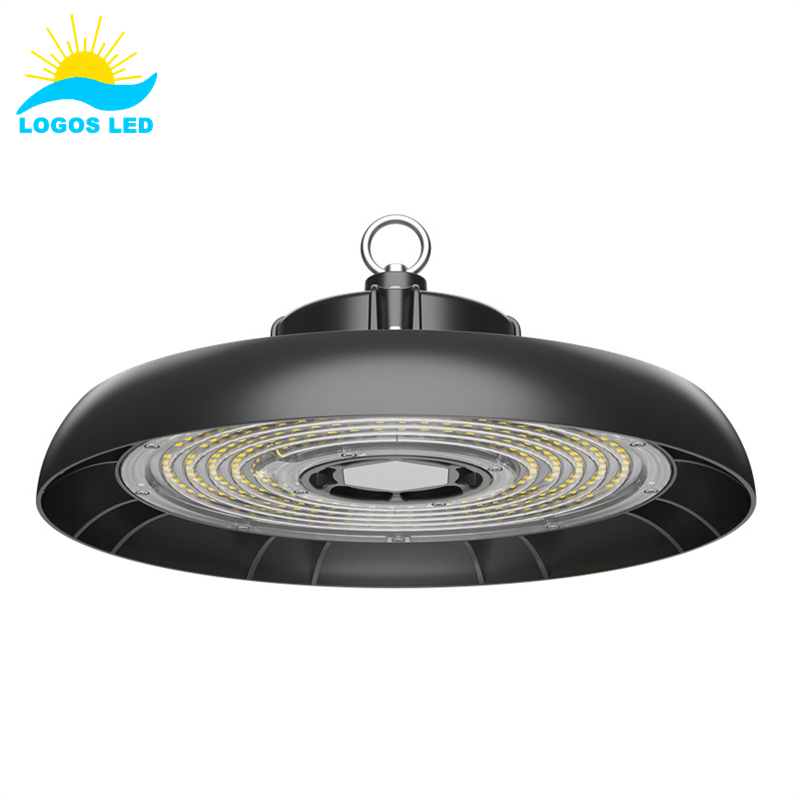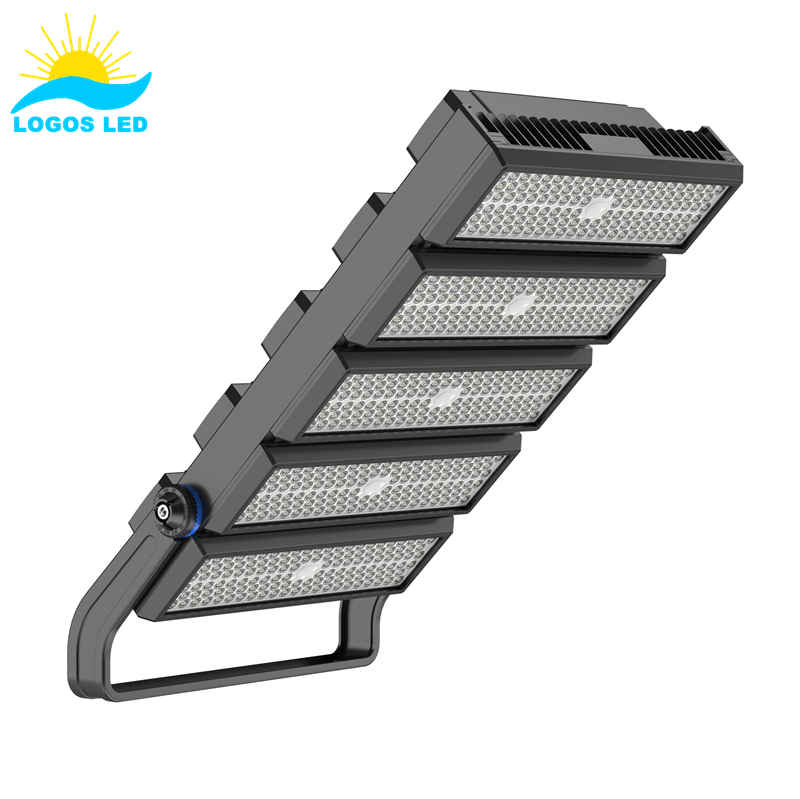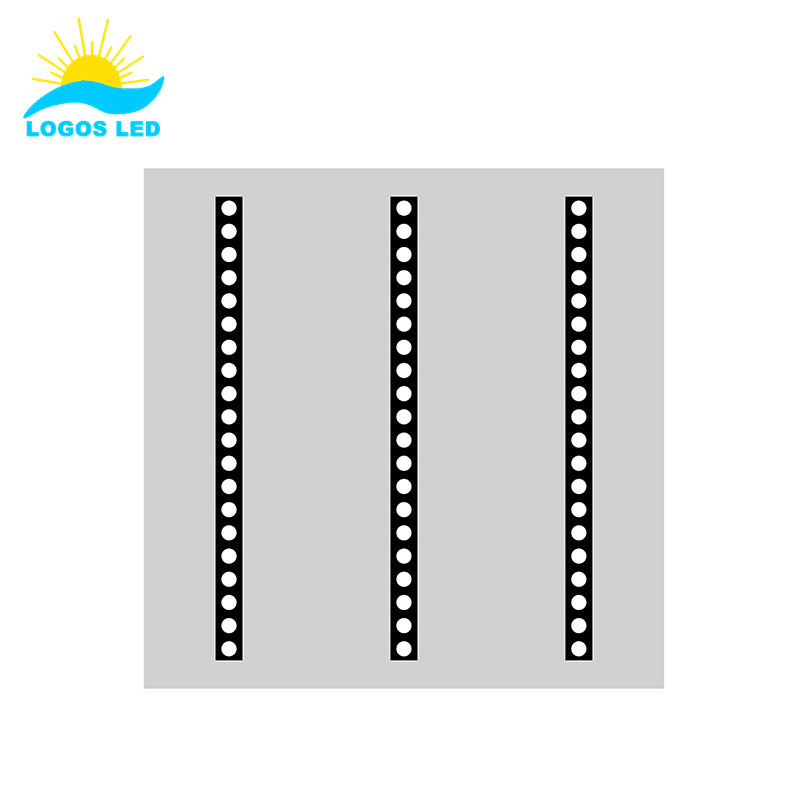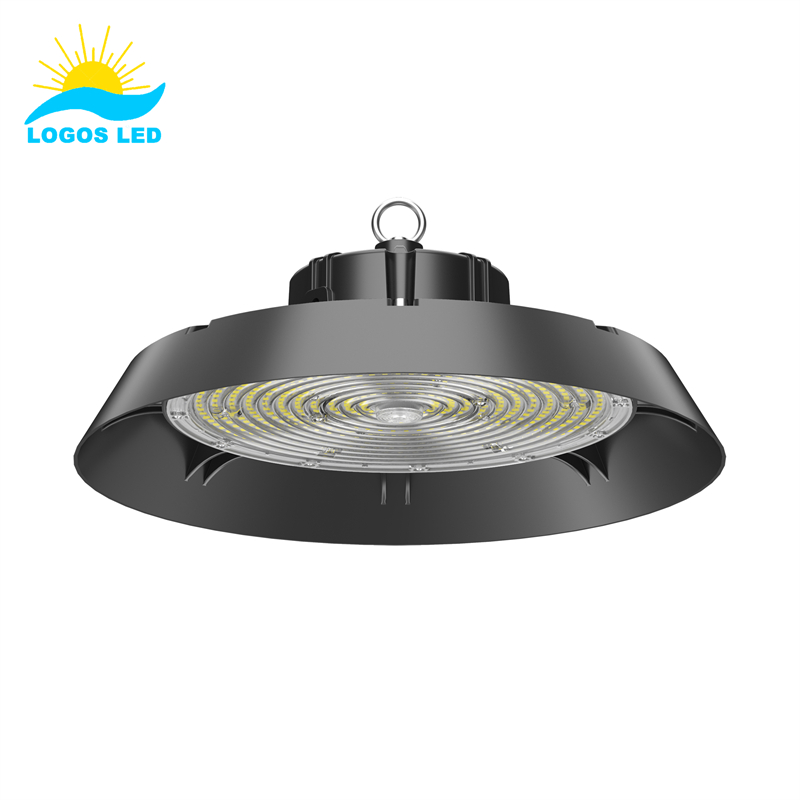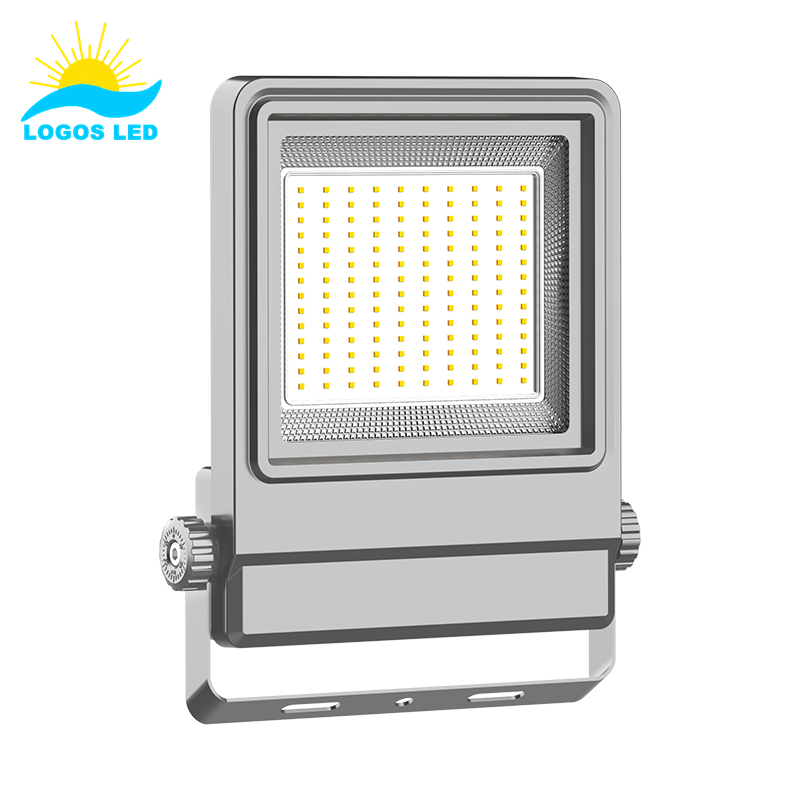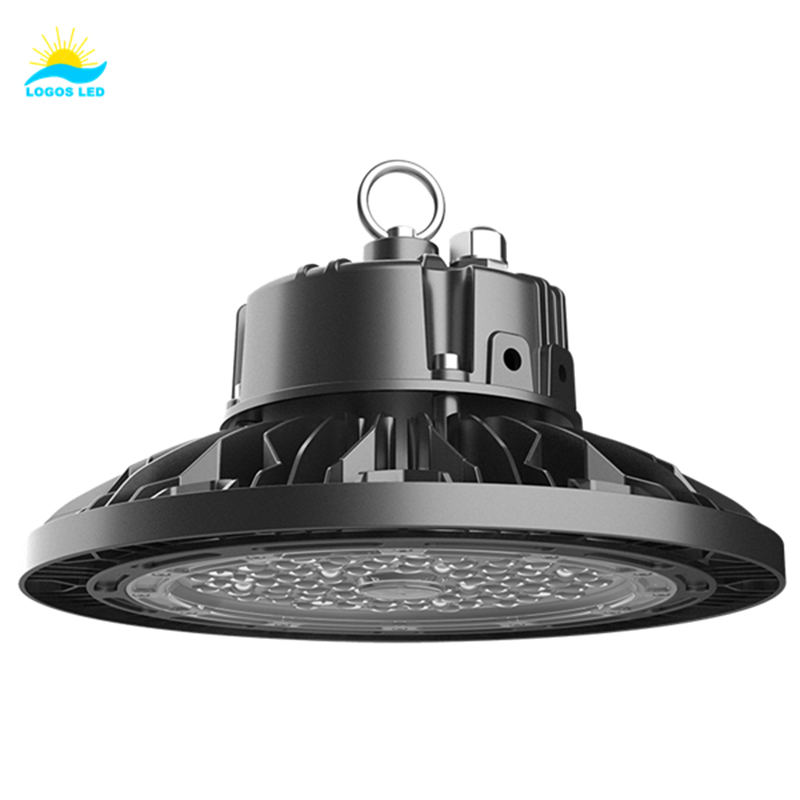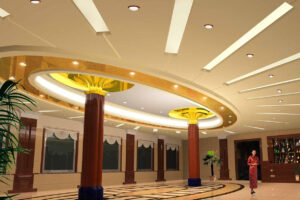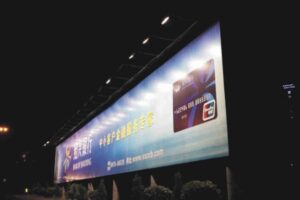I’ve seen so many people struggling to concentrate while reading or studying—and they blame everything from lack of sleep to bad coffee. But here’s what they usually overlook: bad lighting. The wrong LED light color can wreck your focus, give you a nasty headache, and make your eyes feel like they’ve been through a boxing match. I’ve been there, and trust me—once I switched to the right lighting, everything changed. Better focus, less fatigue, and way more productive hours.
The color of your LED light plays a much bigger role than you think. If you’re using soft, warm lighting while trying to study technical material late at night, you’re basically asking your brain to nap. On the flip side, cold, daylight-like lighting keeps your brain switched on and locked in. I’m going to walk you through which LED light colors actually work—and which ones to avoid like the plague—so your eyes (and brain) thank you later.
Table of Contents
Why LED Color Temperature Matters When You Study or Read
Lighting isn’t just about brightness—it’s about how your brain reacts to it. Get the right color temp and you’ll stay focused for hours. Get it wrong? You’ll be yawning halfway through the first paragraph. Here’s what you need to know.
Understanding Color Temperature
Color temperature is measured in Kelvin (K), and it tells you whether the light is warm and cozy, or bright and energizing.
- 2700K–3500K (Warm White): Feels like a soft yellow lamp—great for winding down, but not so great if you’re trying to focus.
- 4000K–4500K (Neutral White): Balanced, clean, and the closest thing to natural daylight. This one’s my personal favorite for reading and long study sessions.
- 5000K–6500K (Cool White / Daylight): Super crisp and clear. It’s like flipping the “focus” switch in your brain.
My Go-To LED Colors for Reading and Studying
- 4000K–4500K (Neutral White)
This one hits the sweet spot. It’s bright enough to stay alert, but soft enough to avoid eye strain. If you’ve got a home office, study nook, or library setup—this is the light you want. - 5000K–6500K (Cool White / Daylight)
If you’re burning the midnight oil or digging into detailed charts, diagrams, or technical manuals—go with this. It keeps your brain alert and helps you read the fine print without squinting. - What to Avoid: 2700K–3500K (Warm White)
This is bedtime lighting. Great for reading a novel before sleep—not for hammering out a research paper. It makes you feel too relaxed, and your brain checks out.
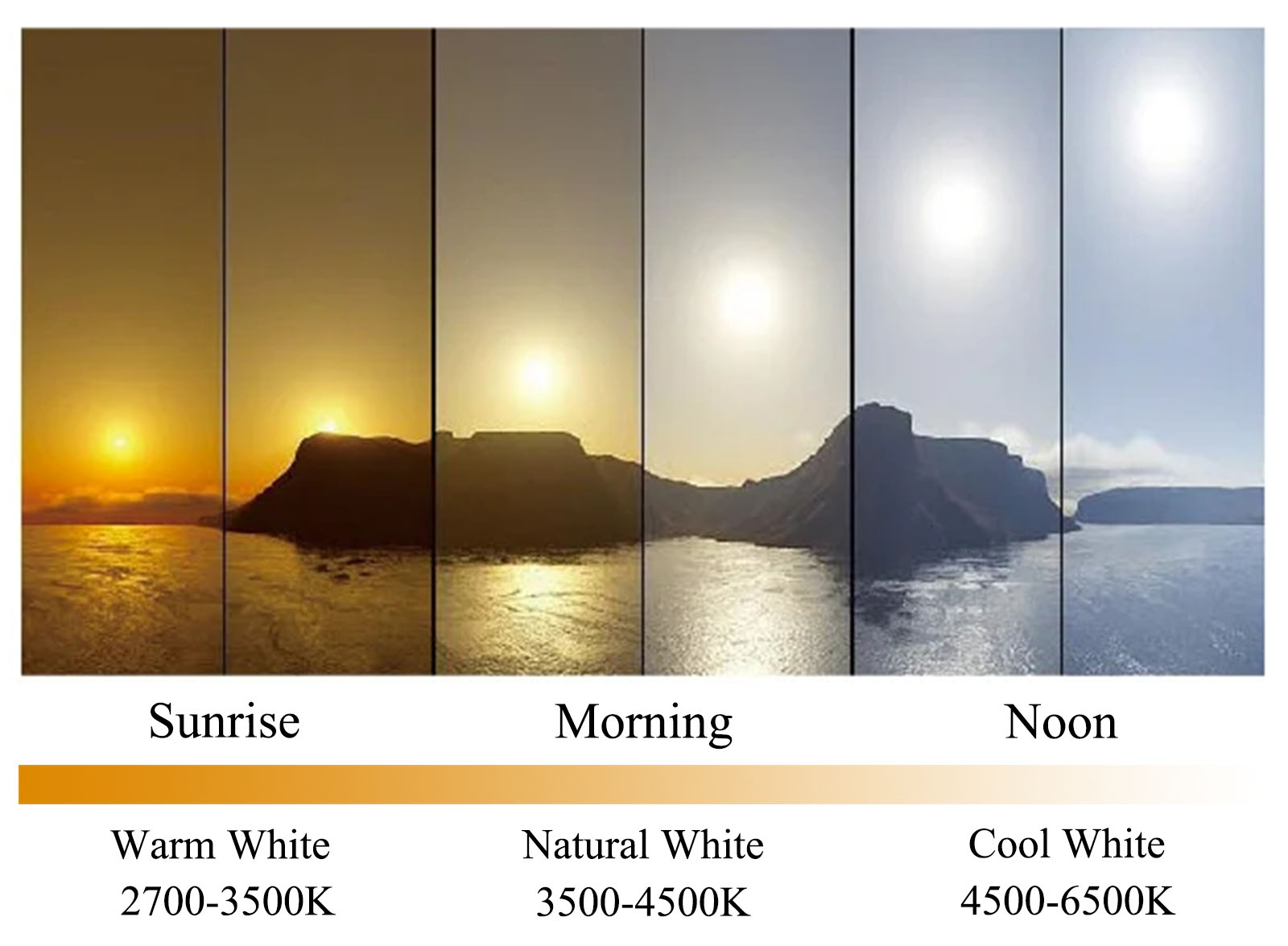
Light Color Temperature
A Few Lighting Tips I Swear By
- Get yourself a good LED desk lamp with dimming features. Sometimes you need full blast, sometimes you just need a soft glow.
- Angle your light to the side—not straight in your face—to cut down on glare and shadows.
- If you’re near a window, combine natural light with LED lighting for a balanced feel.
- And if you’re staring at a screen all day? Blue light filters are a lifesaver for your eyes.
Bottom line? If you want to stay focused and comfortable, stick with 4000K or higher. Anything lower, and you’re practically asking to nod off.
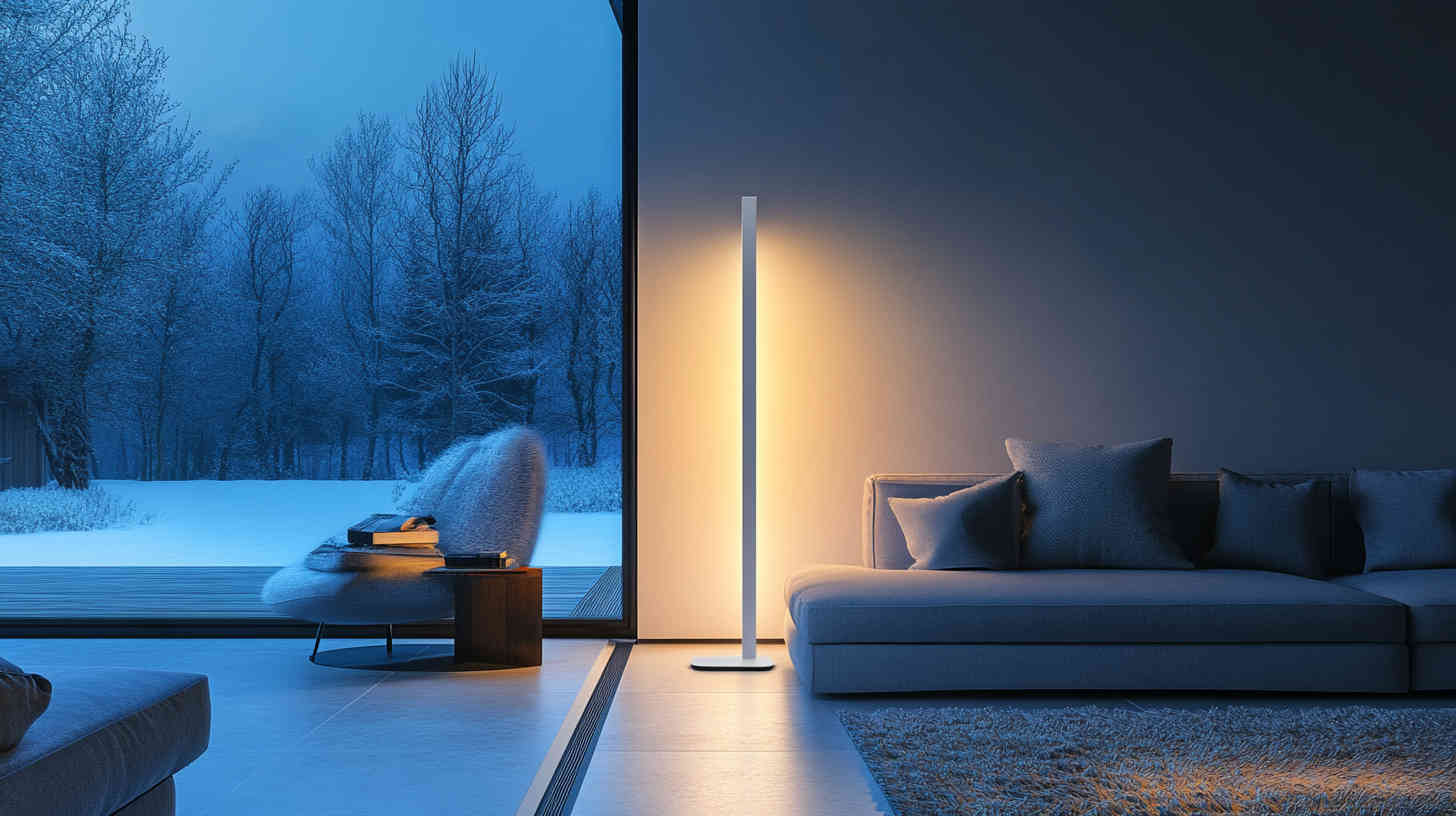
What LED Color Works Best for Studying?
Let’s talk specifics. The best LED color for studying depends on when you’re doing it. Daytime study? You’ve got natural light helping you out. Nighttime? You’re on your own—so you better make sure your lighting is dialed in.
Best LED Color for Daytime Studying
- Stick to 4000K–5000K
- This gives you a neutral white that feels like daylight—bright enough to stay sharp, but not harsh
- Perfect for rooms that already get some natural light
Best LED Color for Studying at Night
- Go with 5000K–6500K
- This cool, crisp light keeps you alert when your body wants to shut down
- Great for powering through late-night cram sessions or prepping for a big presentation
Avoid warm white at night—it’ll trick your brain into thinking it’s bedtime and kill your concentration.
Pro Tips to Maximize Your Lighting Setup
- Dimmable LEDs give you full control, so you’re not stuck with just one brightness level
- Keep the light out of your direct line of sight to avoid glare
- Pair LED lighting with whatever natural light you can get during the day
- If you’re using screens, use blue light filters—it’ll save your eyes in the long run
To wrap it up—if you want to get the most out of your study time, pick the right LED color for the job. Go with 4000K–5000K during the day, and bump it up to 5000K–6500K when the sun goes down. It’s a simple switch that makes a huge difference in focus, comfort, and performance.
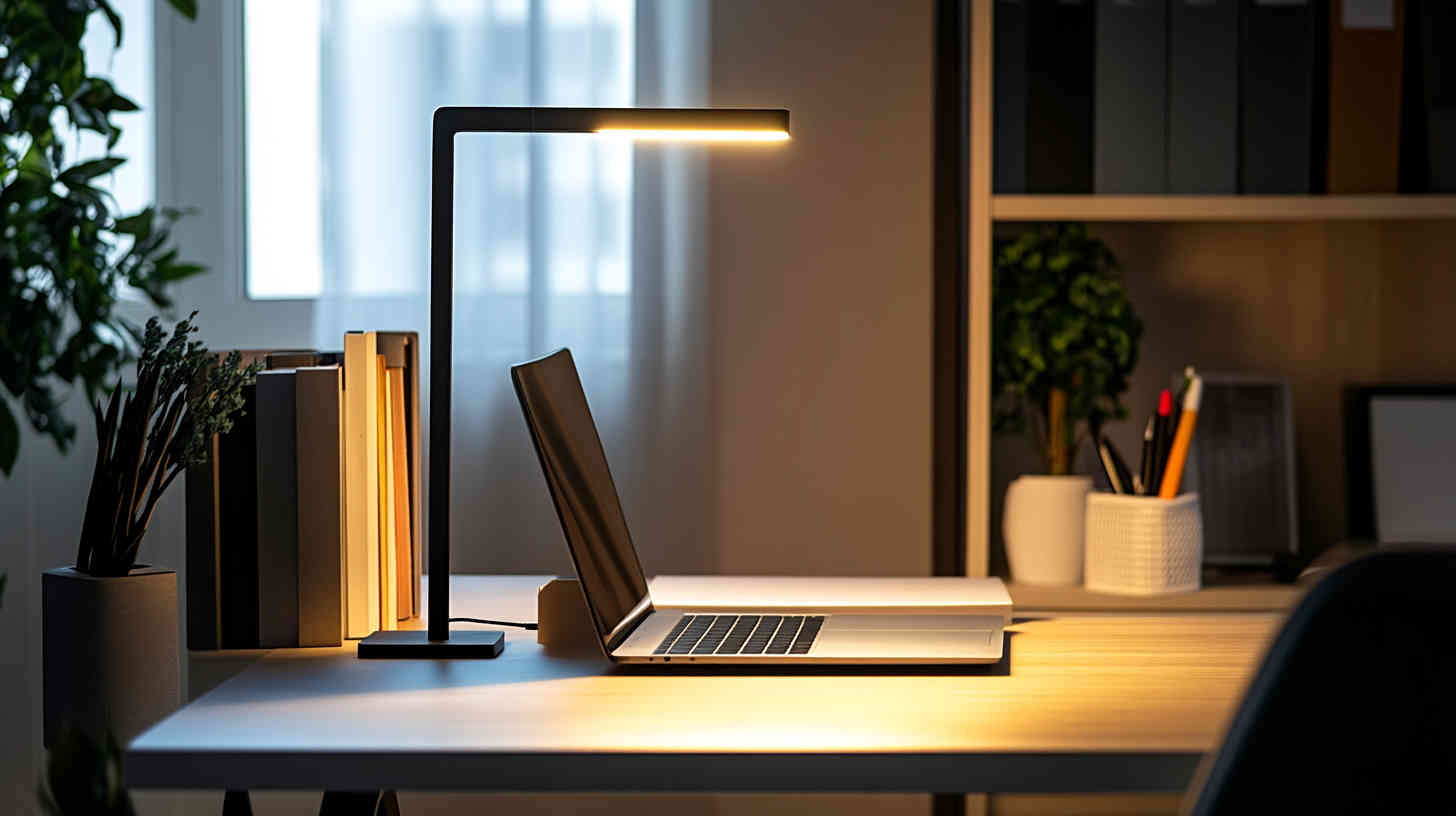
What Color LED Light is Best for Reading?
When I’m settling in with a good book, I don’t want my eyes screaming for mercy halfway through the first chapter. The trick? Finding the just right kind of light—something bright enough to keep things sharp, but not so harsh it fries your brain. For me, 3500K to 4000K is the sweet spot. That neutral white glow makes the text pop without making you feel like you’re under a dentist’s light. Now, if I’m reading before bed? I go softer—2700K to 3000K. It relaxes me without knocking me out mid-page.
Which Light is Better for Reading, Cool or Warm?
I get this one a lot—“Should I use warm light or cool light when I read?” And here’s the deal: it depends on when you’re reading and why. If I’m trying to stay sharp, like reviewing documents or powering through a manual, cool light (5000K to 6500K) keeps me alert. But if it’s bedtime reading—something chill like a novel—I switch to warm light (2700K–3000K). It sets a mellow tone and tells my body it’s time to wind down. Use the right light for the moment, and your eyes—and brain—will thank you.
What Color is Best for Memorization?
When I really need stuff to stick—like prepping for a big meeting or cramming for a test—I crank up the clarity. Cool white light between 4000K and 5000K is my go-to. It’s stimulating, crisp, and gets my brain firing on all cylinders. I’ve noticed I can focus longer, remember more, and stay dialed in without drifting off. This is the light you want when the goal is memory and mental sharpness, not relaxation.
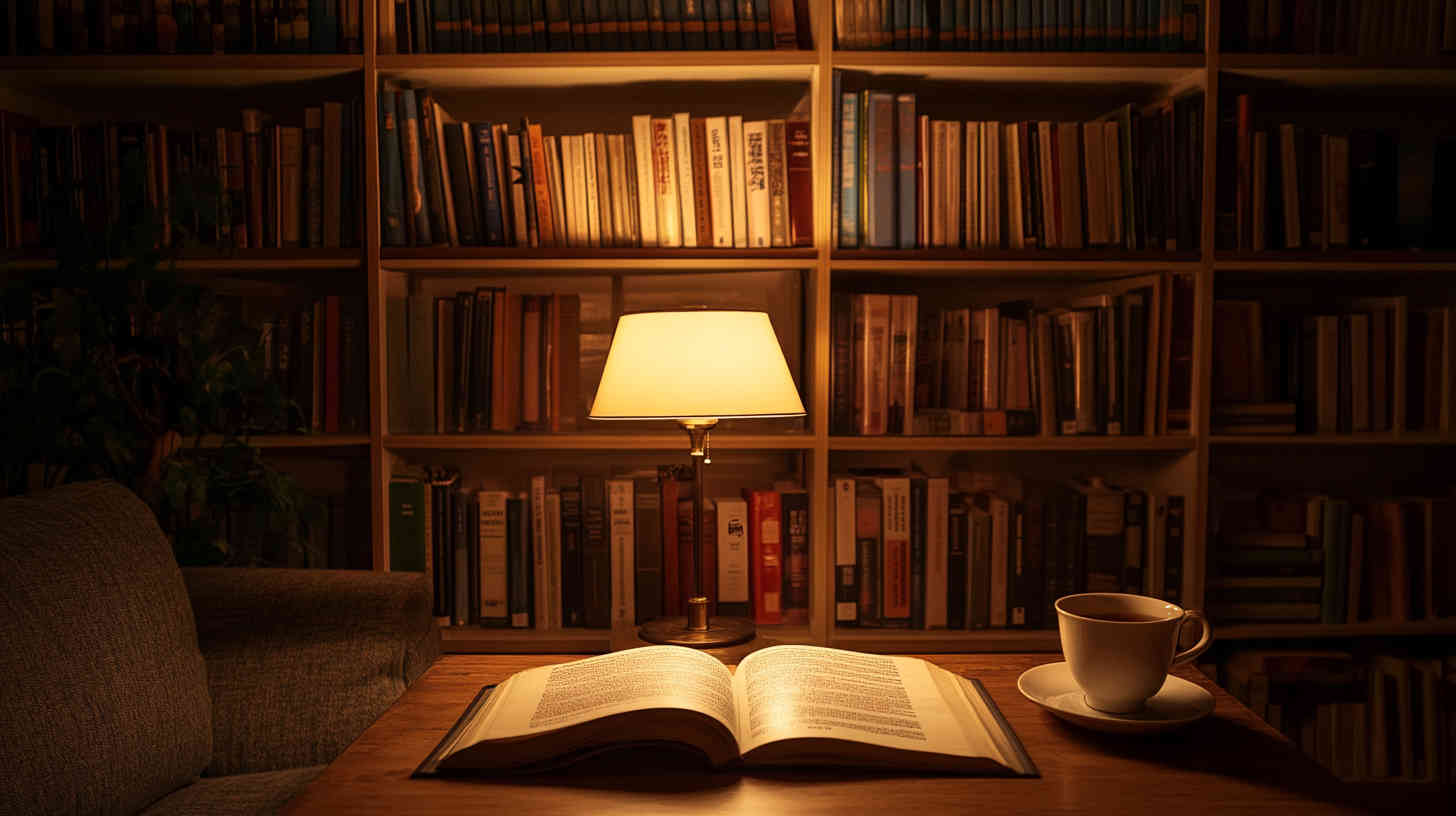
Which Color LED Light is Best for Eyes?
I’ve learned the hard way that not all LED lights are friendly to your eyes. You get the wrong setup, and suddenly your eyes are dry, sore, and begging for a break. So now, I only go with what works—lighting that keeps me comfortable without the strain.
Best LED Light Color for Eye Comfort
When I’m working or reading during the day, I stick with 4000K to 5000K. That’s neutral to cool white—bright enough to keep things visible, soft enough to not burn a hole in my retinas. It feels natural, like daylight, and it’s the sweet spot for focus without fatigue.
Best LED Light Color for Relaxation
At night? I go warm. Something between 2700K and 3500K. It creates that cozy, soft vibe that helps me wind down. I use it in my bedroom and living room, and it really does help me sleep better. Less glare, more calm. My eyes aren’t working overtime, and I’m not lying in bed staring at the ceiling.
LED Light Colors to Avoid for Eye Health
Now here’s what I don’t use unless I want to feel miserable—super cool white (6000K–6500K). It’s harsh and unforgiving, especially at night. It might wake you up, but it also fries your focus over time. And if you’re around screens a lot, too much blue light or flickering LEDs can be brutal. That stuff messes with your sleep and makes your eyes feel like sandpaper.
My Go-To Tips for Eye-Friendly Lighting
- I always use LED lamps that dim—because what I need at 10 a.m. is different than 10 p.m.
- I angle my lights just right so there’s no glare on my books or my screen.
- I use blue light filters when I’m on the computer for hours. Game-changer.
- And whenever I can, I let natural light do the heavy lifting—it’s free and easy on the eyes.
Bottom line? Neutral white for work, warm white for winding down. If you’re smart with your lighting, your eyes will last a whole lot longer—and feel a whole lot better.
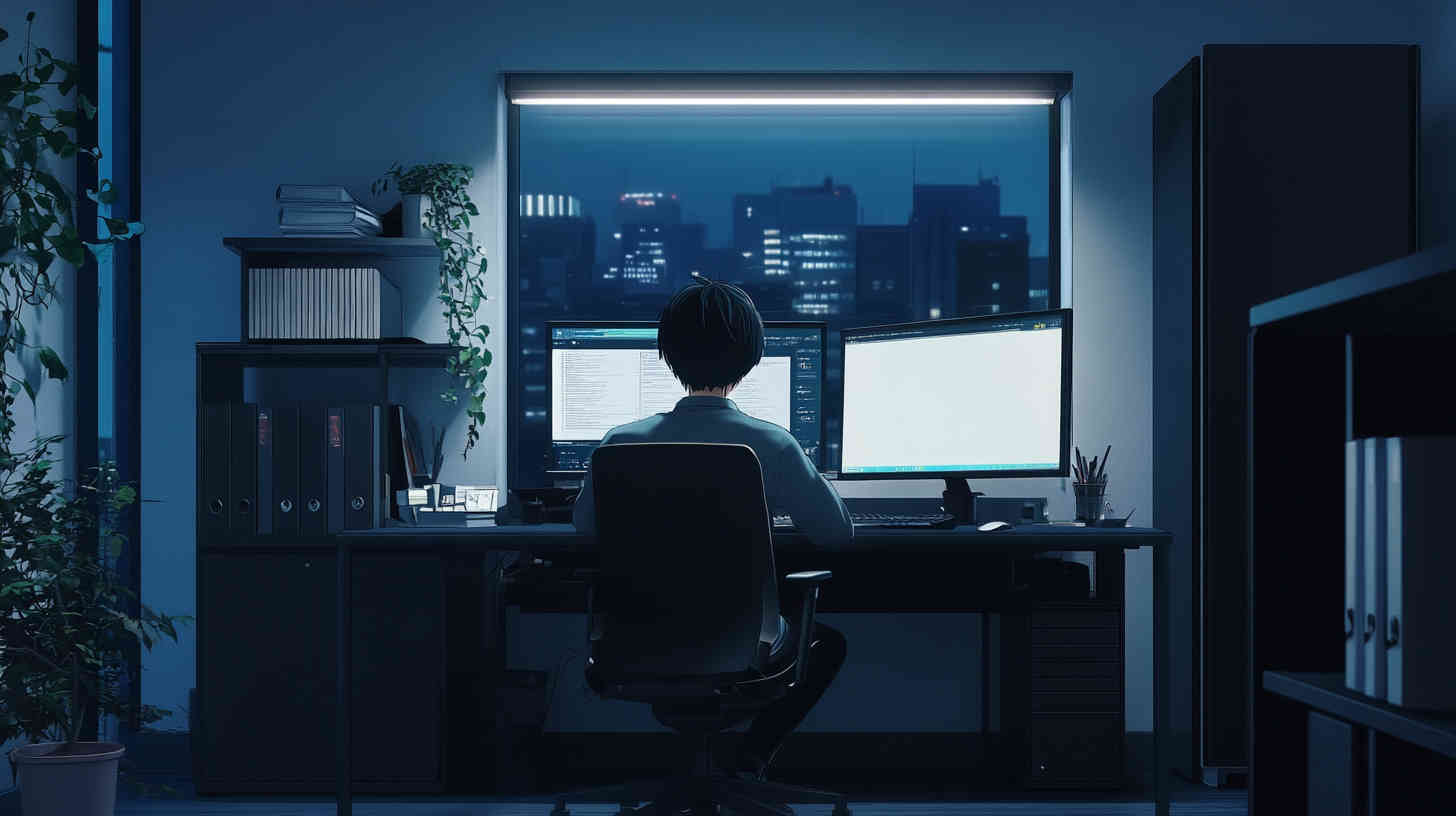
What Color Causes Fatigue?
Want to know the quickest way to fry your eyes and feel drained? Sit in a dim room with a blinding 6500K light overhead. I’ve done it—and I regretted it. That icy, cool white might wake you up in the morning, but if you use it in the evening or in a low-light space, it backfires. Your eyes get tense, your focus fades, and before you know it, you’re exhausted. When it’s later in the day or the room’s darker, I always shift to warmer lighting. It saves my eyes, helps me unwind, and keeps fatigue far, far away.
What is the Best LED Light Color for Productivity?
I’ve learned firsthand that the right LED light color can make or break my ability to stay focused and get stuff done. If the lighting’s too dim, I start yawning. If it’s too harsh, my eyes feel like they’re on fire. But when the lighting’s just right, I’m locked in and cruising through my work like a machine. Here’s what’s worked for me—and what to avoid.
Best LED Light Color for Productivity
When I want to stay sharp and keep my brain humming, I stick with lighting in the 4000K to 5000K range. That neutral to cool white tone hits the sweet spot—it’s bright, clean, and keeps me alert without turning my office into a hospital room.
- 4000K–5000K is where it’s at for staying focused without frying your eyeballs
- It mimics daylight, which helps me stay energized longer
- It’s the perfect balance—bright enough to keep me going, but not so intense it gives me a headache
- This is my go-to for the office, the home workspace, or anywhere I need to stay dialed in for hours
Best LED Light Color for Deep Focus and High Concentration
Now, when I’ve got to buckle down and do deep work—stuff that takes real brainpower—I go for even cooler light. I’m talking 5000K to 6500K. That cool white to daylight range keeps me on task and laser-focused.
- It gives a crisp, high-contrast feel that helps when I’m working with tiny text or data
- My brain feels more “awake” and I can stay in the zone longer
- Great for serious tasks in workspaces, labs, or anywhere precision matters
Best LED Light Color for a Comfortable and Creative Workspace
If I’m doing something a little more creative—like brainstorming, writing, or working with a team—I shift things down a notch. Lighting in the 3500K to 4000K range gives me a comfortable vibe that still keeps me productive.
- It’s warm enough to feel inviting but still sharp enough to keep me focused
- Helps cut down stress without making me sleepy
- I use this setup for meetings, creative planning, and any space where collaboration happens
LED Light Colors to Avoid for Productivity
Trust me, I’ve made mistakes here too. I’ve used lighting that felt “nice” but totally tanked my productivity.
- Warm white (2700K–3000K)? Great for chilling, not for getting work done. It makes me want to grab a blanket and take a nap.
- Super bright cool white (6500K+)? It’s overkill. Gives me glare, eye strain, and headaches. More isn’t always better.
Additional Tips for Optimizing Productivity with LED Lighting
Here are a few things I’ve picked up that made a real difference in my work setup:
- Use dimmable LEDs so you can tweak brightness based on the time of day or what you’re working on
- Set up your lights to avoid glare on screens or harsh shadows on your desk
- Mix in natural daylight whenever possible—it boosts your mood and makes the space feel more alive
- Get an adjustable desk lamp with a focused beam for tasks that need extra attention
Bottom line? If I want to crank out work efficiently without burning out, I stick with 4000K–5000K for everyday productivity and go cooler (5000K–6500K) when I need serious focus. Get the lighting right, and the rest gets a whole lot easier.
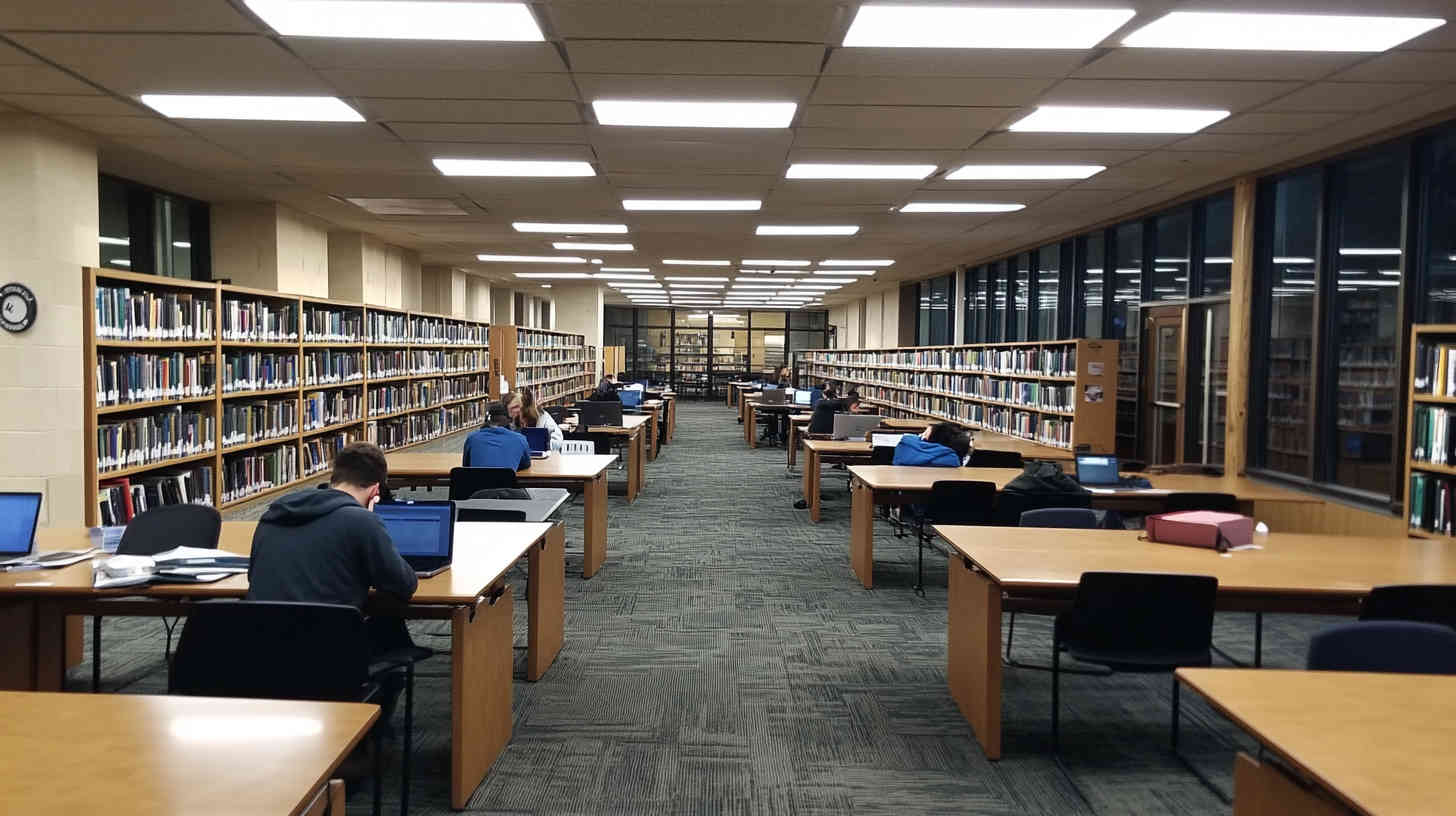
Conclusion
Getting your lighting dialed in isn’t just about comfort—it’s about getting results. I’ve felt the difference between good and bad lighting every single workday. Daylight white light keeps me alert and productive during the day, while warmer tones help me ease into the evening. Whether I’m reading, studying, or working on something that needs deep focus, the color temperature of my lighting makes a massive difference. If you’re not sure what lighting setup works best for your space, reach out—we’ll help you nail down the perfect LED solution that fits your goals and your workflow.
Request A Free Quote Now!
Send us a message if you have any questions or request a quote. We will get back to you ASAP!



